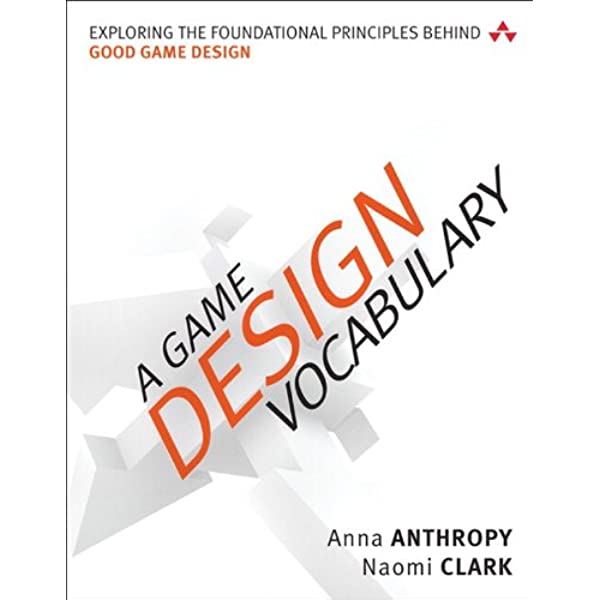Game design is focused on creating engaging and immersive experiences, with several elements working together to create meaningful gameplay. These elements include gameplay mechanics, storyline, characters, art and graphics, and audio. The gameplay mechanics form the foundation of a game’s challenge, while the storyline builds the game’s world and narrative structure. Characters are the driving force behind a game’s story, and art and graphics create the game’s visual style. Lastly, audio creates mood and atmosphere, and can be a significant contributor to the overall gaming experience. successful game designers should focus on combining these elements cohesively to result in enjoyable and meaningful gameplay.
The Art of Game Design: Exploring the Principles behind Gameplay Mechanics
The world of gaming has come a long way since the days of Pong and Space Invaders. Today, game design is an art form that is used to create immersive gaming experiences that can engage players for hours on end. But have you ever wondered how games are made? What are the principles behind the gameplay mechanics that make games so engaging? In this article, we will explore the art of game design and delve into the principles that make games so enthralling.
The Elements of Game Design
Game design is not just about creating a game that looks great. It is about creating a game that is engaging and immersive for players. The elements of game design are the building blocks that game designers use to create a game that is not just fun to play, but also has depth and meaning. The key elements of game design are:
- Gameplay Mechanics
- Storyline
- Characters
- Art and Graphics
- Audio
Gameplay Mechanics
Gameplay mechanics are the rules and systems that are used to create the gameplay experience. This includes everything from movement and control schemes to how the game’s physics work. The gameplay mechanics are what make a game fun to play and challenging for players. A good example of a game with solid gameplay mechanics is Super Mario Bros. The game’s mechanics are simple, but they are also incredibly well-designed. The player has to jump over obstacles, collect coins and power-ups, and defeat enemies all while navigating a platform that is constantly moving.
Storyline
The storyline is the backbone of a game’s narrative. It is the framework upon which the game’s world is built. A good story can make a game more immersive, engaging and meaningful. The storyline can be anything from a simple plot to a complex narrative that spans multiple games. A great example of a game with a compelling storyline is The Last of Us. The game tells the story of Joel and Ellie, two survivors of a zombie apocalypse, as they travel across the United States in search of sanctuary.
Characters
Characters are the driving force behind a game’s storyline. They are the ones that players will empathize with and root for throughout the game. Characters can be anything from humans to animals, robots, and even inanimate objects. Their personality, backstory, and motivations can make or break a game. One example of a game with well-designed characters is Overwatch. The game features a diverse cast of characters, each with their own unique backstory, personality, and skillset.
Art and Graphics
The art and graphics of a game are what create the game’s visual style. A game with great art and graphics can immerse players into its world, making them forget that they are playing a game. Art and graphics can also help tell the game’s story and further engage players with the world. One example of a game with stunningly well-realized art and graphics is Journey. The game’s minimalist visual style creates an incredibly immersive and engaging experience.
Audio
Audio is often overlooked in game design, but it can be just as important as any other element. Audio can create a mood, set the tone for the game, and immerse players in the game’s world. A well-designed audio experience can make a game more engaging and memorable. One example of a game with great audio is Limbo. The game’s eerie and atmospheric sound design plays a significant role in creating the game’s hauntingly beautiful world.
In Conclusion
The art of game design is a complicated process that involves many different elements working together to create a cohesive and engaging experience for players. The key to creating a great game is to pay attention to all of the elements, not just one or two. By understanding and applying the principles behind gameplay mechanics, storyline, characters, art and graphics, and audio, game designers can create games that are not only fun to play but also immersive, engaging, and meaningful.
